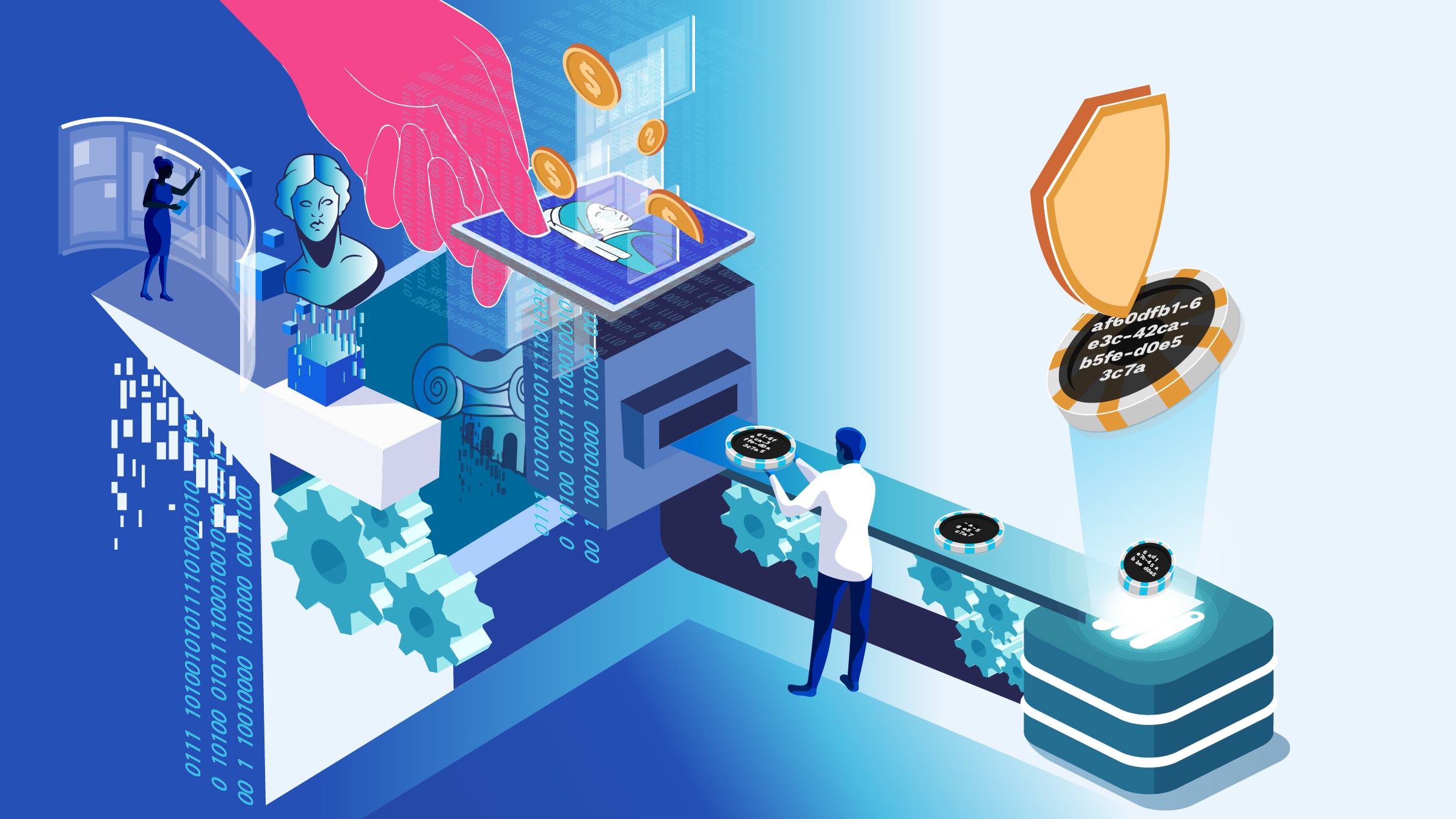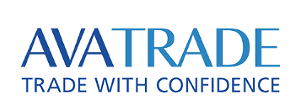Don’t invest unless you’re prepared to lose all the money you invest. This is a high-risk investment and you are unlikely to be protected if something goes wrong. Take 2 minutes to learn more
The concept of tokenizing assets: digitizing traditional financial assets on a blockchain network has reached a critical point after years of exploration and development. This innovation offers significant benefits such as programmability, composability, and increased transparency, which are now becoming evident as some large-scale applications are transacting trillions of dollars in assets on-chain each month.
However, despite these advancements, there have been numerous false starts and significant challenges. To fully integrate tokenization into the mainstream financial system in a secure, compliant, and effective manner, cooperation among all stakeholders is crucial. As the industry shifts from experimental proofs of concept to scalable solutions, both opportunities and challenges abound in reimagining the future of financial services.
Reimagining Financial Services with Tokenized Digital Assets
If we were to redesign the future of financial services, tokenized digital assets would likely play a central role, featuring around-the-clock availability, instant global mobility, equitable access, composability through a shared technology stack, and managed transparency. This potential was underscored by Larry Fink, CEO of BlackRock, who stated in January 2024 that “the next step will be the tokenization of financial assets,” envisioning a future where every stock and bond is managed on a single, unified ledger.
Market Projections for Tokenized Assets
Estimates suggest that the total market capitalization of tokenized assets could reach approximately $2 trillion by 2030, driven by adoption in mutual funds, bonds, exchange-traded notes (ETNs), loans, and securitization. In an optimistic scenario, this figure could double to $4 trillion. However, this estimate is less bullish than earlier forecasts as the middle of the decade approaches.
Adoption Across Asset Classes
Tokenization adoption will vary across asset classes, influenced by factors such as market value, existing infrastructure, liquidity, and the complexity of regulatory considerations. Asset classes that currently face high friction in the value chain, have less mature traditional infrastructure, or possess lower liquidity are more likely to benefit significantly from tokenization. For example, asset classes with lower technical and regulatory complexities are expected to see faster adoption.
Investment Incentives and Time to Impact
Investment in tokenization is likely to be inversely related to the fees earned from today’s less efficient processes. Activities that have reached economies of scale through outsourcing may see reduced incentives for disruption. Time to impact, or the speed at which returns on tokenization investments can be realized, will play a critical role in driving business cases and the appetite for pursuing tokenization.
Early Adopters and Front-Runners
Certain asset classes are expected to be the first to achieve significant adoption, defined as more than $100 billion in tokenized market capitalization by the end of the decade. Front-runners include cash and deposits, bonds and ETNs, mutual funds, exchange-traded funds (ETFs), loans, and securitization. Adoption rates for these assets are already substantial, supported by the efficiencies and value gains from blockchain technology as well as higher technical and regulatory feasibility.
Overcoming the Cold Start Problem
For tokenization to succeed on a large scale, the industry must overcome the “cold start” problem, where both products and their user bases need to grow simultaneously but struggle to do so independently. True scale can only be achieved through network effects, where users (typically investors) derive real value from cost savings, increased liquidity, or improved compliance. Although initial use cases have shown promise, widespread adoption remains challenging due to limited liquidity, the costs of maintaining parallel legacy systems, and resistance from incumbents to disrupting established processes.
Establishing Minimum Viable Value Chains
The path forward for tokenization involves establishing minimum viable value chains (MVVCs) for each asset class, enabling the scaling of tokenized solutions and addressing some of the challenges mentioned. Financial institutions and partners must collaborate on common or interoperable blockchain networks, representing a new paradigm that has raised regulatory concerns and feasibility challenges.
Public vs. Private Blockchain Networks
While successful examples of tokenization exist on both public and private blockchains, the debate over which type will host the most transaction volume remains unresolved. In the U.S., most federally regulated institutions are discouraged from using public blockchains for tokenization, while globally, many are opting for Ethereum, a public network, due to the liquidity and composability it offers. As unified ledgers continue to be developed and tested, the public versus private network debate is ongoing.
The Future of Tokenization
In summary, the tokenization of financial assets is in its early stages, with significant potential for growth. Early adopters who “catch the wave” may capture a substantial market share, enhance efficiency, and set industry standards. However, many institutions remain in “wait and see” mode, awaiting clearer market signals. As key signposts emerge, such as regulatory clarity and maturing infrastructure, trillions of dollars in value could move on-chain, creating a significant value pool for early movers and disruptors.
Make money without lifting your fingers: Start using a world-class auto trading solution
- Broker
- Min Deposit
- Score
- Visit Broker
- Award-winning Cryptocurrency trading platform
- $100 minimum deposit,
- FCA & Cysec regulated
- 20% welcome bonus of upto $10,000
- Minimum deposit $100
- Verify your account before the bonus is credited
- Fund Moneta Markets account with a minimum of $250
- Opt in using the form to claim your 50% deposit bonus
Learn to Trade
Never Miss A Trade Again

Signal Notification
Real-time signal notifications whenever a signal is opened, closes or Updated

Get Alerts
Immediate alerts to your email and mobile phone.

Entry Price Levels
Entry price level for every signal Just choose one of our Top Brokers in the list above to get all this free.





